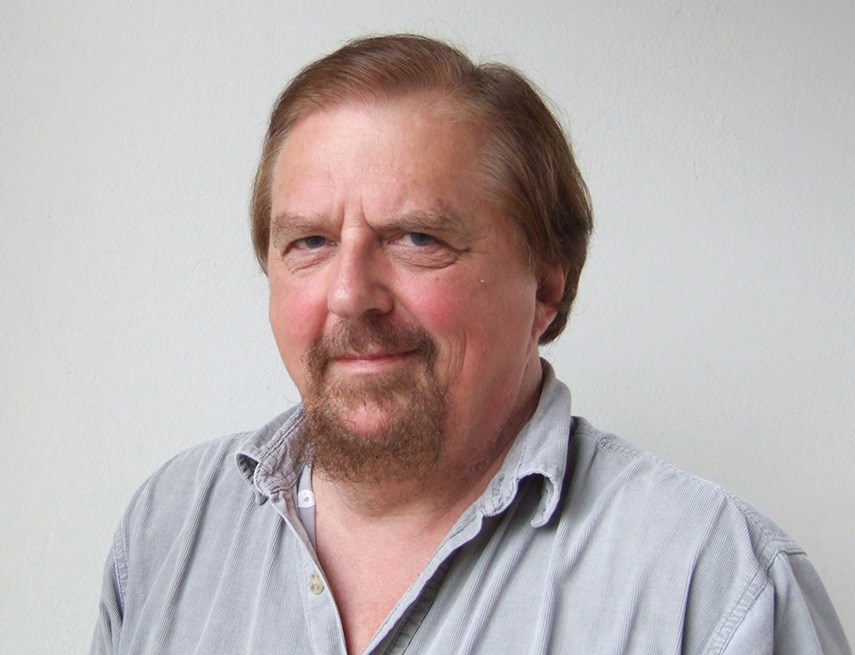Journalist Gwynne Dyer talks about geo-engineering and climate change in , Capilano University, March 4, 8 p.m. Tickets $20/$17.
We’re losing the race – but we haven’t lost.
Reached at his home in England as he recuperates from a nasty cold, columnist and author Gwynne Dyer is occupied with temperature and time.
Ten or 12 years ago there was still time, he says. Now, with carbon dioxide levels higher than they’ve been in 400,000 years according to NASA research, we need to figure out a way to buy a few more years.
Dyer is currently at work on a book and a film that focus on geo-engineering, which he describes as a way to “artificially intervene” in the Earth’s climate.
“You could win enough additional time to deal – in your slow, clumsy, political complicated way – with stopping the rise in your emissions, stabilizing them and then clawing them back down,” he says.
At the moment there are a hundred contenders and at least two promising geo-engineering initiatives, Dwyer says. The first is solar radiation management.
“Don’t panic, we’re not talking about making it dark,” he adds.
Roughly speaking, the plan involves dusting the stratosphere with sulphur dioxide to reflect enough incoming sunlight to stop the global temperature from crossing the two-degrees threshold.
There are “enormous problems” associated with the idea, Dyer acknowledges.
Besides the notion of convincing the population that a pollutant is the solution to a crisis caused by pollution, there’s the political quandary of creating worldwide consensus.
The other method, cheerfully known as “brightening clouds,” involves spraying seawater particles into low-lying stratocumulus clouds.
The approach could conceivably thicken clouds to the point where they would reflect more sunlight. However, as stratocumulus clouds are mainly found in the tropics, the solution wouldn’t offer much to the Arctic, Dyer adds.
“It’s fraught with dangers and difficulties,” he says of geo-engineering. “I see nothing else left.” And the danger, he adds, is relative.
“Frankly, they’d have to be very dangerous to be more dangerous than the future we face if we don’t,” he says. “We have run out of time to do this simply by cutting emissions.”
It was in 1988 that NASA scientist Jim Hansen testified before the U.S. Congress, stating he was 99 per cent certain that global climate change wasn’t part of a natural cycle. In 1989, prior to writing about environmental “doomsters” and conflating climate with weather, British Prime Minister Margaret Thatcher made an impassioned United Nations speech warning of “irretrievable damage to the atmosphere, to the oceans, to Earth itself.”
There were reasons to be optimistic back then, Dyer says.
“If we kept going we would’ve had this under control. There would be no crisis.”
But action was waylaid by denial.
The first stage of denial was outright. Following the example of the tobacco industry, oil industries “spread doubt and confusion” to convince the public the climate change science was either wrong or exaggerated.
The next stage of denial aimed for uncertainty, suggesting that any action would be premature.
“You can hear that coming out of the Australian prime minister in the last episodes of fire,” Dyer says.
The next stage accepts that climate change is real but then deflects when it comes to action.
“Yes, it’s human caused, it’s all your fault, and what you’ve got to do is stop driving and even better stop eating meat,” Dyer says. And as personal responsibility is prized, it’s business as usual for environmentally ruinous industry.
“They’re just buying time, they know they’re going to lose in the end. But so do we if they go on long enough,” he says.
Reflecting on the future, Dyer pauses. “I wish I was talking differently.”
But, he adds, there is some reason for optimism.
“People are finding that the weather is so weird that they’re starting to take the warnings more seriously,” he says.
And young people, particularly those taught about climate change in school, are demanding action.
“God bless the Swedish girl,” Dyer says, referring to international activist Greta Thunberg. “But it’s more than her.”
This year feels different, Dyer says. And he pledges to keep the conversation going.
“You show up and talk about it whenever and wherever you can,” he says. “If a thousand people do that it makes a dent – and a dent is being made.”
Ěý



